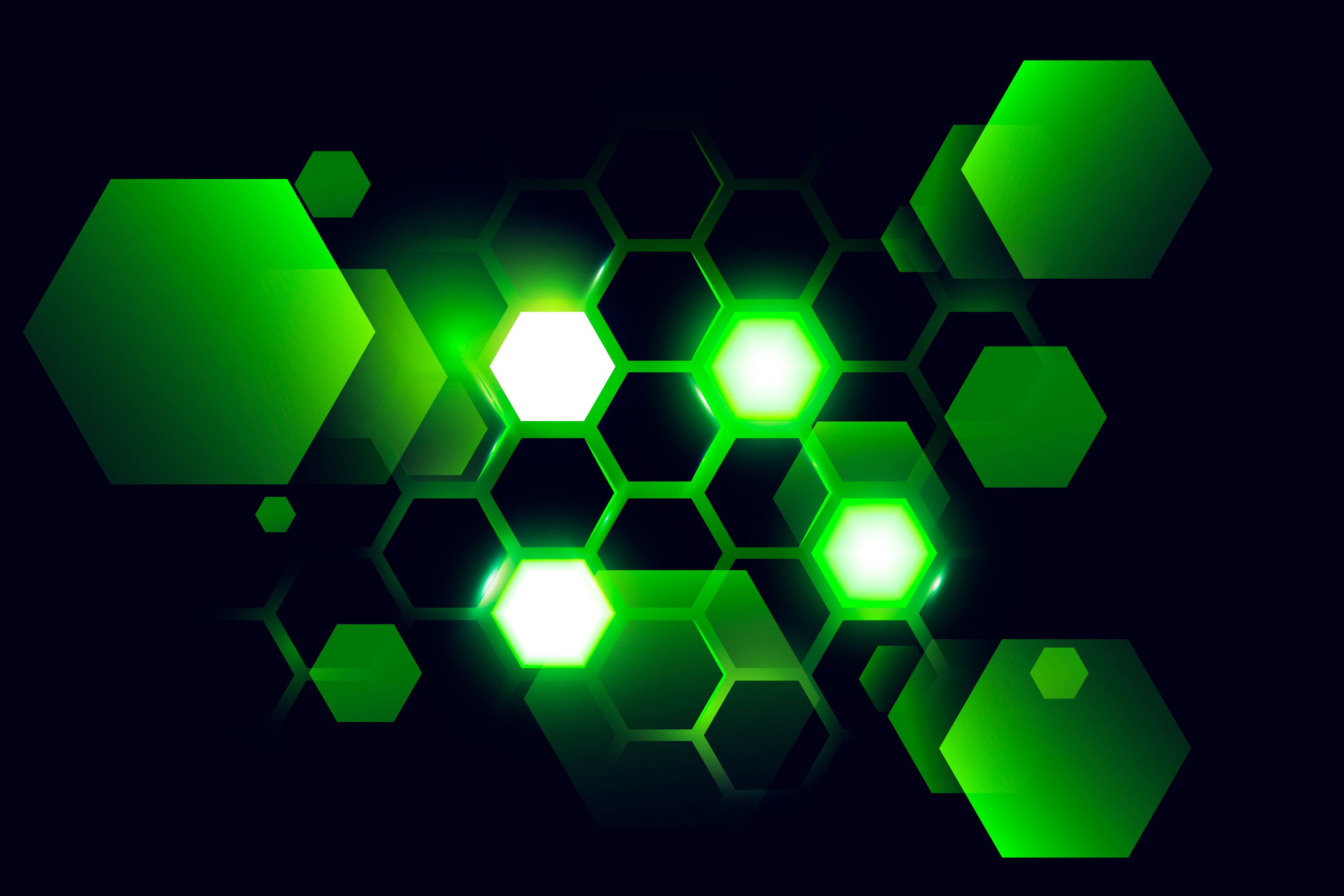Nanotechnology is one of the fastest-growing innovations with great potential to transform various aspects of human life. The term "nano" comes from the Greek word meaning "small," and in technology, it refers to the nanometer scale, which is one billionth of a meter. Nanotechnology involves studying, developing, and manipulating materials at the atomic or molecular level to create new structures and devices.
Definition of Nanotechnology
Nanotechnology is a scientific discipline that involves manipulating and engineering materials at the atomic or molecular scale, typically ranging from 1 to 100 nanometers. At this scale, the physical, chemical, and biological properties of materials can differ significantly from those at larger scales. These unique characteristics allow scientists to develop materials and devices with properties that cannot be achieved using conventional technology.
Characteristics of Nanotechnology
Here are some key characteristics of nanotechnology:
1. Extremely Small Size
Nanotechnology operates at the nanometer scale, typically between 1 and 100 nanometers. These particles are so tiny that they can only be observed using an electron microscope.
2. Unique Properties
At the nanoscale, materials often exhibit physical, chemical, and biological properties different from those at larger sizes. For example, nanoparticles may have enhanced strength, higher reactivity, or improved electrical conductivity.
3. Larger Surface Area
Nanoparticles have a very high surface area-to-volume ratio, which increases their chemical reactivity and interaction with their surroundings.
4. Manipulation Capability
Nanotechnology allows for the manipulation of materials at the atomic or molecular level to create new structures.
5. Quantum Effects
At the nanoscale, quantum effects become more dominant. This technology enables the emergence of new phenomena that are not observed at larger scales.
6. Biocompatibility
In medical applications, nanotechnology is often designed to interact with biological systems without causing harmful side effects, making it suitable for medical use.
These characteristics make nanotechnology one of the most promising advancements in science and technology.
Applications of Nanotechnology in Various Industries
Nanotechnology is already being used in various applications, from medicine to the electronics industry. Here are some examples of its applications:
1. Medicine
One of the most promising applications of nanotechnology is in the medical field. Nanotechnology is used to develop nanoparticles for targeted drug delivery. For example, nanoparticles can be designed to deliver drugs directly to cancer cells, reducing the side effects commonly associated with conventional cancer treatments.
2. Electronics
Nanotechnology plays a crucial role in developing smaller and more efficient electronic devices. For example, processors in computers use nanometer-scale technology to enhance performance and energy efficiency. This technology enables the creation of smaller, faster, and more powerful devices.
3. Energy
In the energy sector, nanotechnology is used to develop more efficient fuels and renewable energy sources. Examples include using nanomaterials to create longer-lasting batteries and more efficient solar cells.
4. Textiles
In the textile industry, nanotechnology is used to produce fabrics with special properties such as water resistance, antibacterial properties, and stain resistance. This is achieved by integrating nanoparticles into fabric fibers during production.
5. Environmental Protection
Nanotechnology also contributes to environmental management, such as developing materials that can clean air or water pollution more effectively.
Examples of Nanotechnology Applications in Information Technology
Nanotechnology plays a crucial role in the advancement of information technology, particularly in improving device performance and data processing and storage systems. Here are some applications of nanotechnology in IT:
1. Miniaturization of Electronic Devices
Nanotechnology enables the miniaturization of electronic devices. For instance, it allows for the production of ultra-small chips and processors with exceptional computing power.
2. Memory and Data Storage
Nanotechnology enables the development of memory with larger storage capacities in smaller sizes.
3. Nanotechnology in Cryptography
Cryptography is one of the main pillars of cybersecurity, where data is encrypted to protect sensitive information from unauthorized access. Nanotechnology enhances cryptography by developing nanochips with more complex encryption keys, making it more difficult for hackers to decrypt protected information.
4. Nano Sensors for Cyber Threat Detection
Nano-based sensors can be used for various applications, including detecting viruses and malware in computer networks. These sensors can identify threats more quickly and accurately, improving information system security.
5. Enhancing Security of IoT Devices
Internet of Things (IoT) devices are often a weak link in cybersecurity due to limited computing resources and storage capacity. Nanotechnology can be used to develop highly efficient and energy-saving nano components, enhancing the security of IoT devices without compromising performance. This helps protect IoT devices from attacks that could compromise the integrity of entire networks.
Nanotechnology is an innovation that not only transforms how we understand and manipulate materials but also opens the door to various new applications across multiple industries, including information technology. With its ability to create smaller, more powerful, and more efficient devices, nanotechnology has become a key driver in advancing digital and electronic technologies.

.png)


